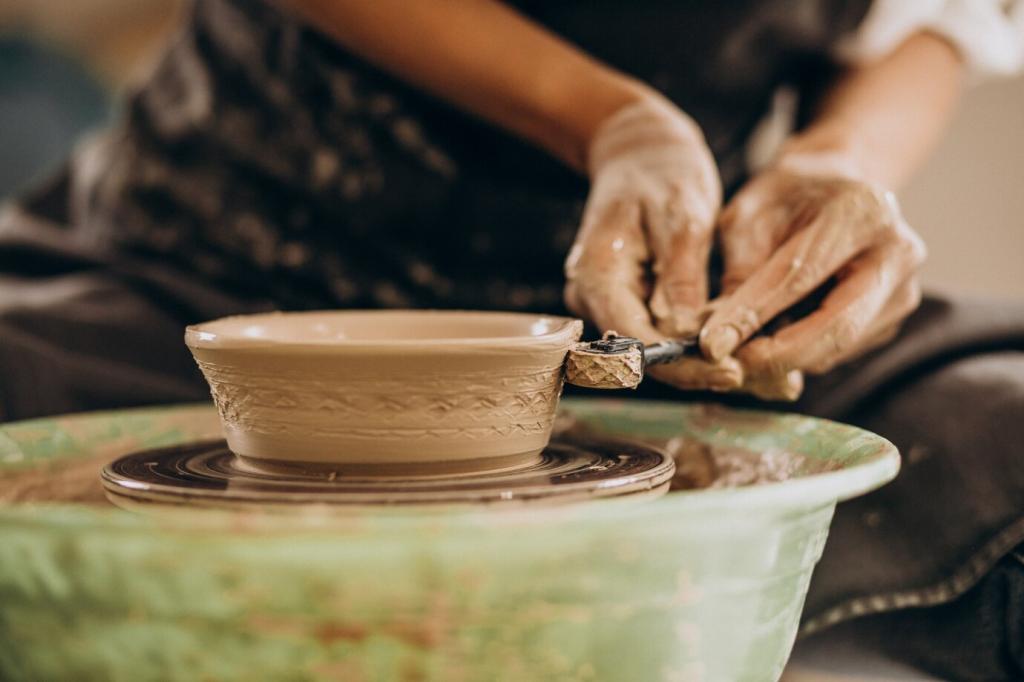Hops: Bitterness, Aroma, and Storytelling
Early additions build firm bitterness through isomerization, while late and whirlpool additions preserve volatile oils for juicy depth. Balance both for layered expression. Which schedule suits your style—classic bitter backbone or soft, saturated aroma? Share your favorite minute marks and outcomes.
Hops: Bitterness, Aroma, and Storytelling
Saaz whispers herbal spice, Hallertau offers noble elegance, Cascade brightens with grapefruit, and Nelson Sauvin delivers gooseberry sophistication. Climate and soil nuance each cone’s personality. Which terroir do you taste most clearly? Post a tasting note and tag your preferred hop farm.






